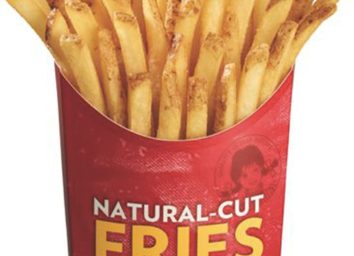30 Health-Food Buzzwords And What They Mean

Take your pick of any aisle in the supermarket and you’ll see them—those health-food buzzwords: Organic, GMO-free, antioxidants, multigrain, gluten-free, no high fructose corn syrup, and more. These phrases are plastered on products from all levels of the health-food spectrum, ranging from power bars to soda.
The issue is that many of us are becoming more and more health-conscious without actually knowing the meaning behind this nutrition lingo. As a result, we’re often purchasing seemingly good-for-you foods that are actually just as bad as stereotypical “unhealthy” foods.
Simply put, these misleading buzzwords are often marketing tools meant to highlight the good while distracting you from the dietary evil. We’re not saying that these words are just buzzwords; we’re saying that they’re often on packages to encourage you to purchase that company’s product. We don’t want you to simply write off these phrases as gimmicks (that would be even more reckless!), but we do want to help you understand which terms will be the best guides in furthering your weight loss journey.
So, we’ve uncovered the facts and definitions (or lack thereof) of the most common health food buzzwords.
Organic
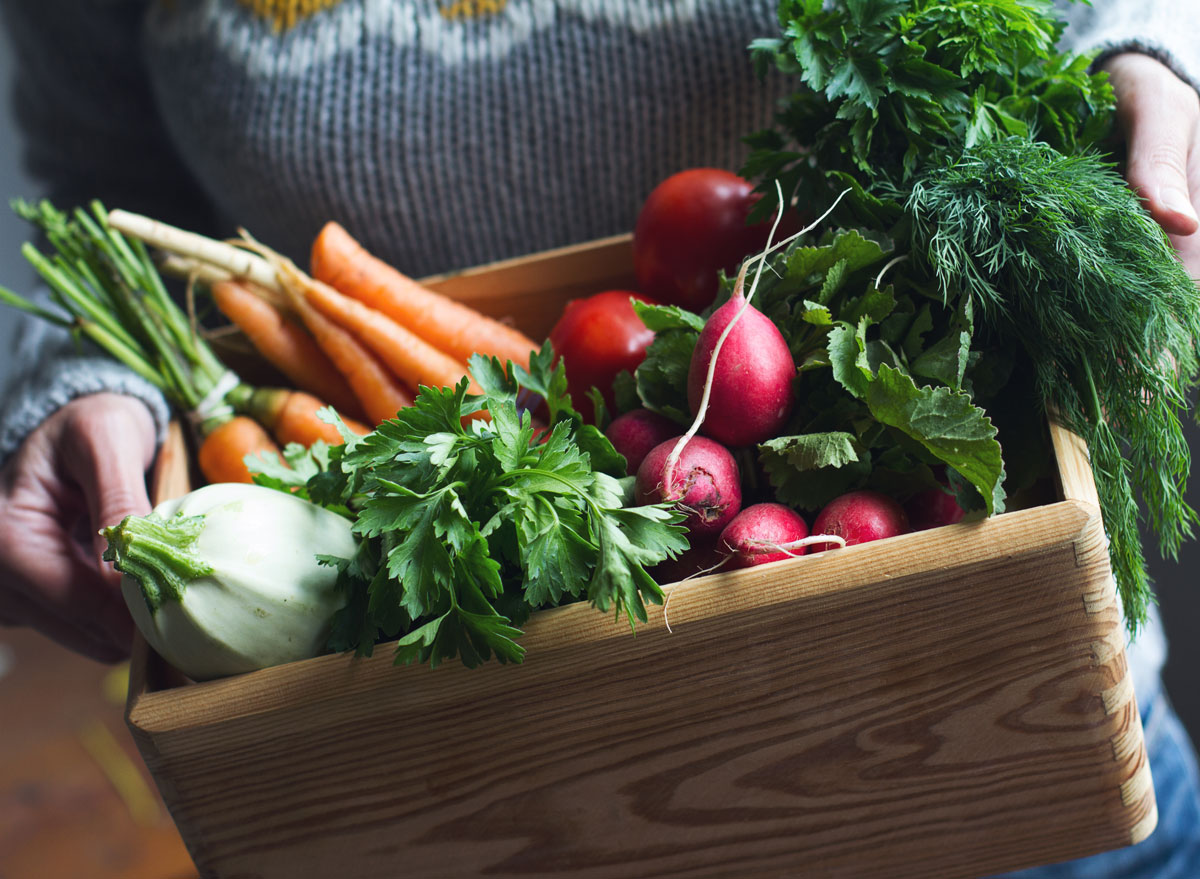
Organic-certified cows are required to spend at least four months a year grazing in pastures, their feed is grown without chemical fertilizers, pesticides, or genetically modified seeds, and the cows are not treated with hormones or antibiotics. As for produce, the plants are only treated with fungicides, pesticides, or herbicides that the USDA deems safe (yes, organic foods can often be treated with pesticides), and do not use synthetic fertilizers, sewage sludge, genetically modified organisms, or radiation.
It might be pricey, but is it worth the cash? A 2016 study published in the British Journal of Nutrition found that organic dairy and meat contain about 50 percent more immuno-, cardio- and neuroprotective omega-3 fatty acids than conventional grain-fed animals. A separate 2014 study published in the same journal found that organic crops have substantially higher concentrations of antioxidants and other potentially beneficial compounds. Will that confer any nutritional or health benefit to the consumer? An Annals of Internal Medicine study says yes—researchers found that eating organic produce and meat reduces ingestion of pesticides and cuts your exposure to antibiotic-resistant bacteria.
All-Natural
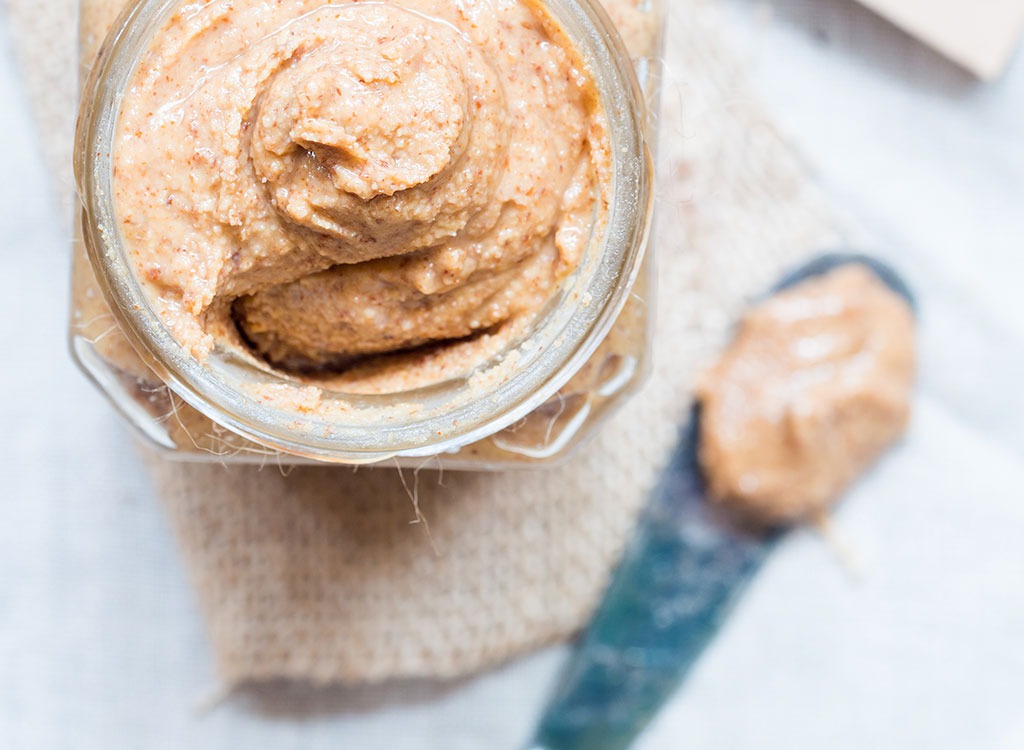
A product doesn’t deserve an automatic place in your shopping cart just for boasting this label. The term “natural” is commonly misunderstood and misinterpreted—probably because the claim isn’t really regulated by the FDA. “With that said, the FDA seems okay with using this term if the foods do not contain added color, artificial flavors, or synthetic substances,” says Maria-Paula Carrillo, MS, RDN, LD. So, basically, just nothing you wouldn’t expect to find in the food. All you need to know is this: Natural does not necessarily mean healthy. Take a look at the ingredient list if you really want to know if what you’re putting in your mouth actually came from nature.
Artificial

When you see products that say something along the lines of “no artificial additives,” it means that there really are no “artificial” ingredients included in your health food—hooray! According to the FDA, artificial ingredients are those that are “not found in nature and therefore must be synthetically produced as artificial ingredients.” They also explain that some of these ingredients are “found in nature,” but they can be produced “more economically” when they’re produced artificially. The FDA has stood by the fact that these additives are not harmful to your health, but they recently approved of removing seven artificial flavors from the food supply by October 2020 after an environmental group sued them, citing links to causing cancer in animals.
Sugar-Free
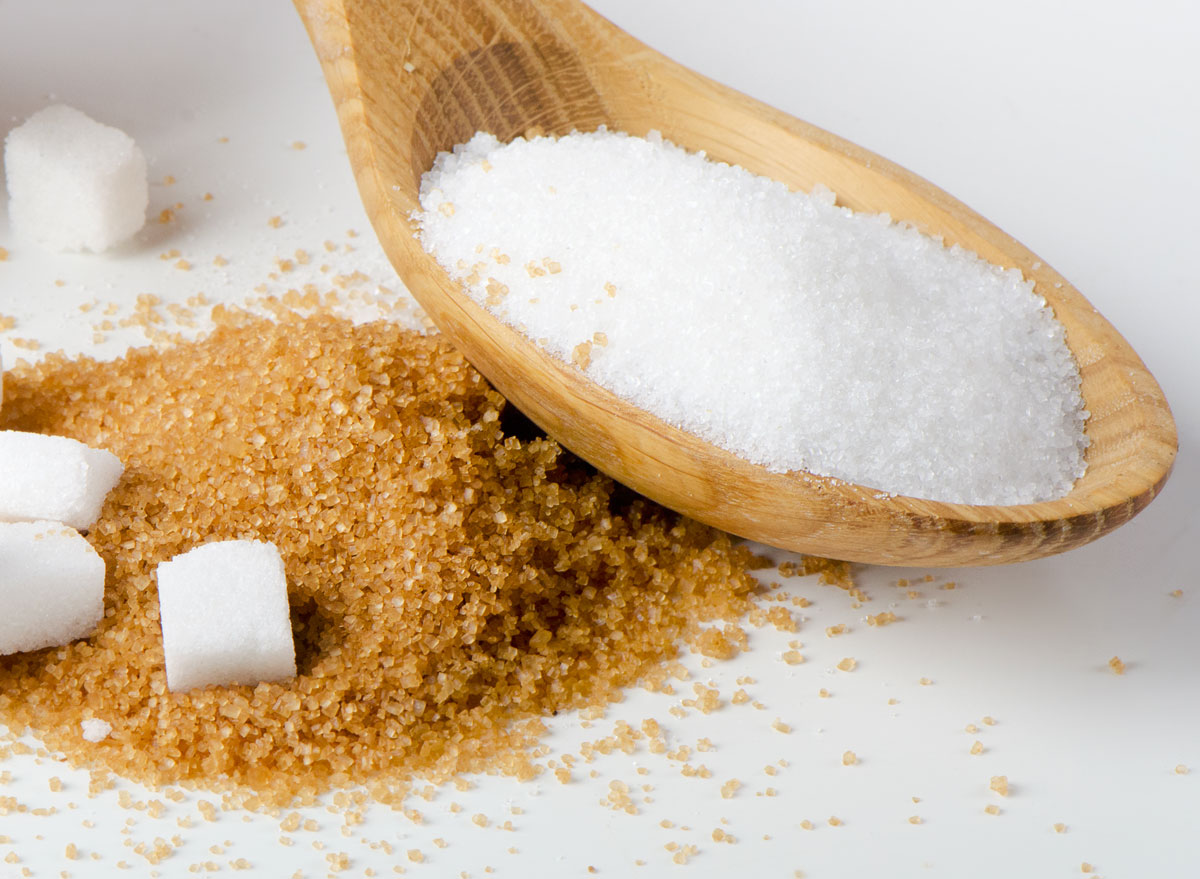
The only thing sugar-free means is that a product doesn’t have refined cane sugar. It doesn’t mean the food doesn’t have other “natural” sweeteners like agave or brown rice syrup, artificial sweeteners, or sugar alcohols. While some of these sweeteners are okay (we’ll tell you which ones in our exclusive report, sweeteners ranked by health), it’s certainly misleading to find out a “sugar-free” product has 15 grams of sugar.
Probiotic
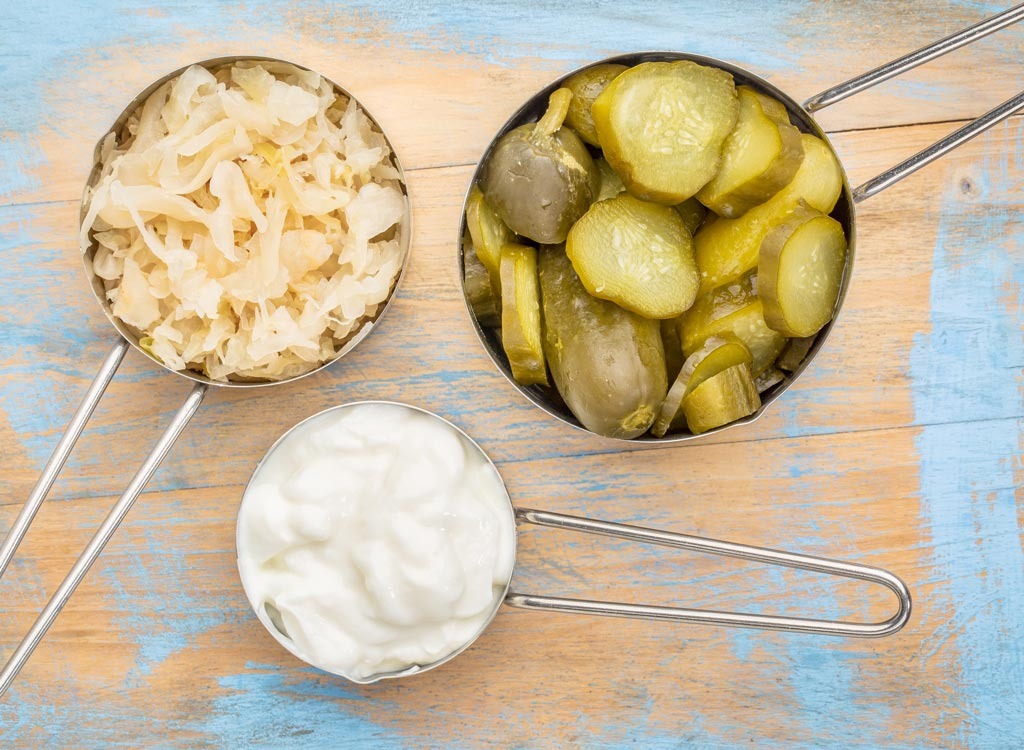
Probiotics are live bacterial cultures that we consume naturally in unpasteurized fermented foods. They’re believed to be beneficial to our overall health through their presumed ability to restore a proper balance to our guts. Although, the science behind it has yet to prove how or even if they’re effective; live probiotics often do not survive the harsh environment of the stomach. In fact, the FDA has yet to approve using probiotic supplements to treat health problems, which means marketers can go wild with their probiotic claims—especially when they’re adding a “probiotic strain” not naturally found in the food (like, “probiotic prunes,” “probiotic granola,” and “probiotic baking mixes.”) Unpasteurized fermented foods—like sauerkraut, yogurt, miso, and kefir—that say “live active cultures” are likely the best source of probiotics rather than an item spiked with gut bugs.
Prebiotics
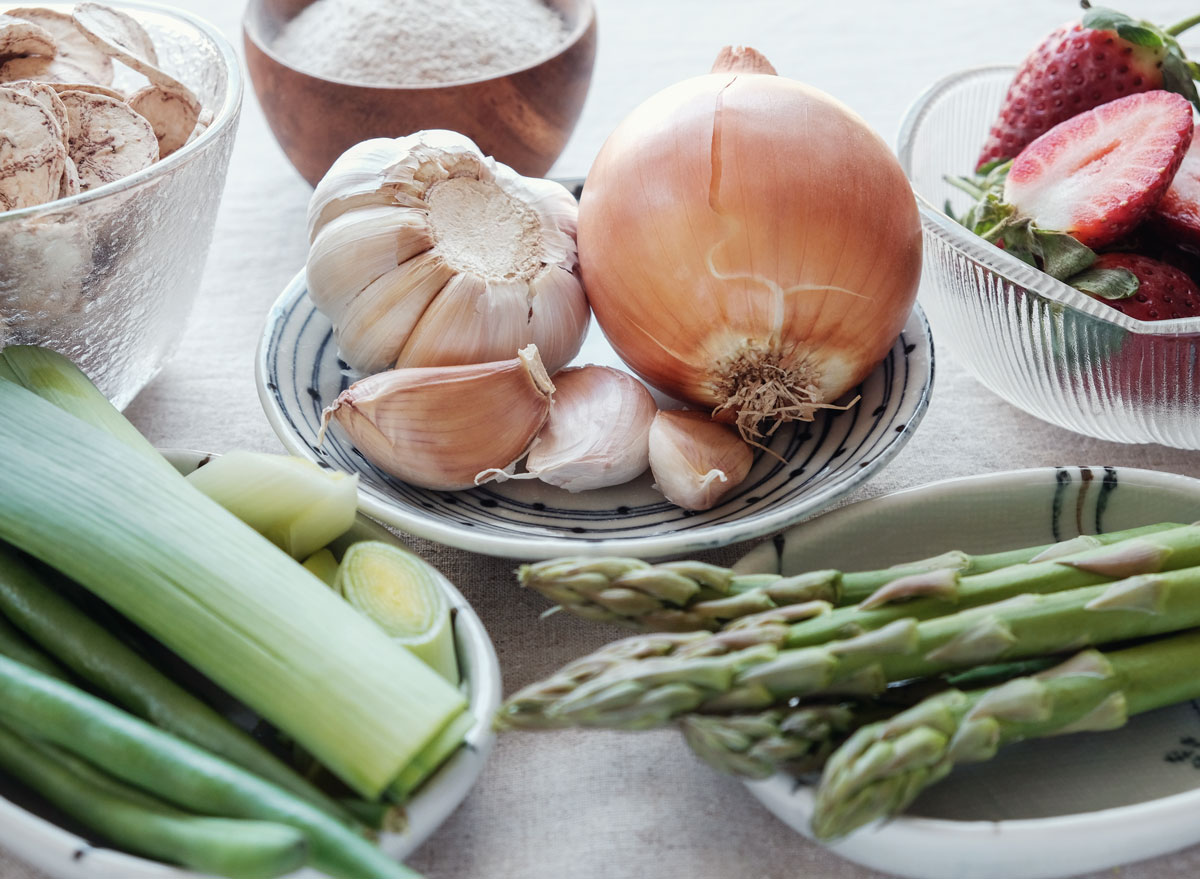
Now that you know about probiotics, it’s time to learn about prebiotics. This is a group of carbs, specifically soluble fibers, which pass through your large intestine undigested, making their way to your gut. Here, they are digested by the bacteria that live in your gut (the probiotics). Prebiotics promote gut health by supporting the health of probiotics, which can, in turn, help you absorb essential nutrients, keep appetite in check, lower inflammation, and regulate body weight. While we recommend getting your prebiotics from whole foods, you’ll also see them listed on food labels as functional fibers such as isomaltooligosaccharides (IMO), tapioca fiber, chicory root fiber, or inulin.
Functional
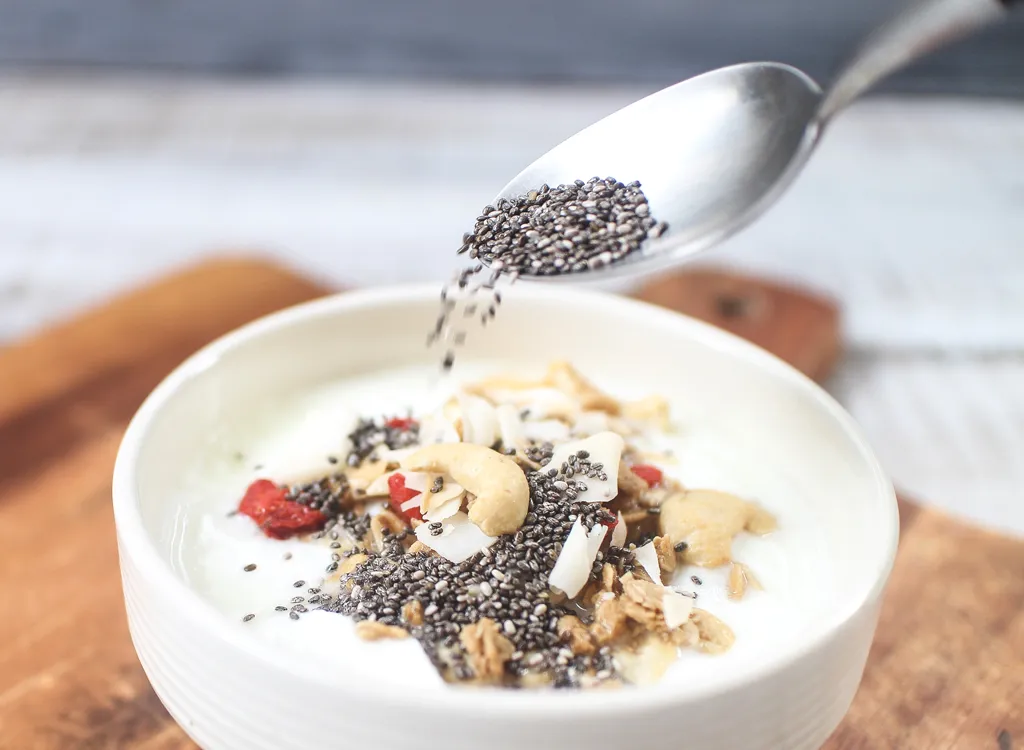
Yet another unregulated term marketers use to get you to buy a product. Functional foods are dubbed “functional” by experts simply because they have health benefits beyond filling you up with calories. It’s a good distinction if you’re comparing them to fast food, but otherwise, nearly all whole foods could be considered “functional.” However, marketers will claim these foods promote health either by helping to reduce the risk of disease, aid digestion, improve nutrient absorption, boost your metabolism, or help you lose weight. Many of them can, but make sure you do your own research before buying into them.
Pasture-raised
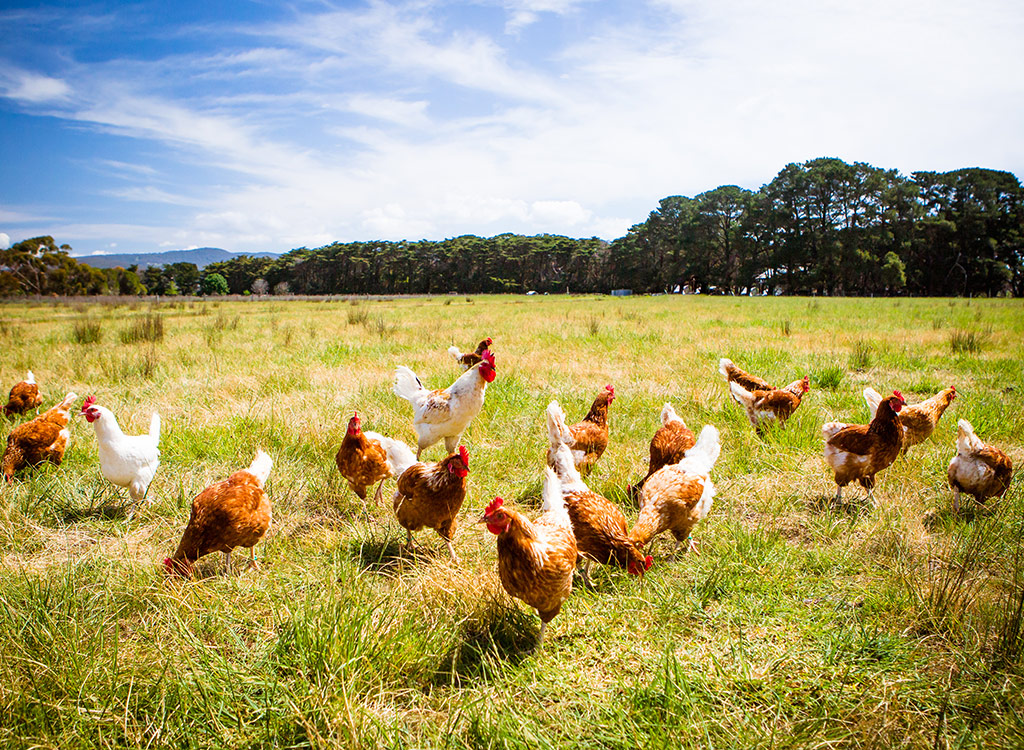
While this claim certainly sounds like it’s regulated—as you’ll see it on everything from meat products to egg cartons—the term was technically made up by a food brand. Pasture-raised products do not require third-party verification or on-farm inspection, according to Consumer Reports’ Greener Choices handbook, an independent, nonprofit organization that put together a list of common label terms and what they mean. While “pasture raised” claims sound like the animal lived its entire life grazing on pasture, that’s not always the case. Many cows and chickens raised on pasture can still be given supplemental grain, both during the grazing season and winter months. If you want to buy dairy or beef from cows that were 100 percent grass-fed, Consumer Reports suggests you look for a verified “grass fed” claim. As for eggs, you’ll have to rely on the information the company gives you. If you see “pasture raised” paired with “organic” and “certified humane,” at least you’ll know the hens were treated well.
Certified Transitional
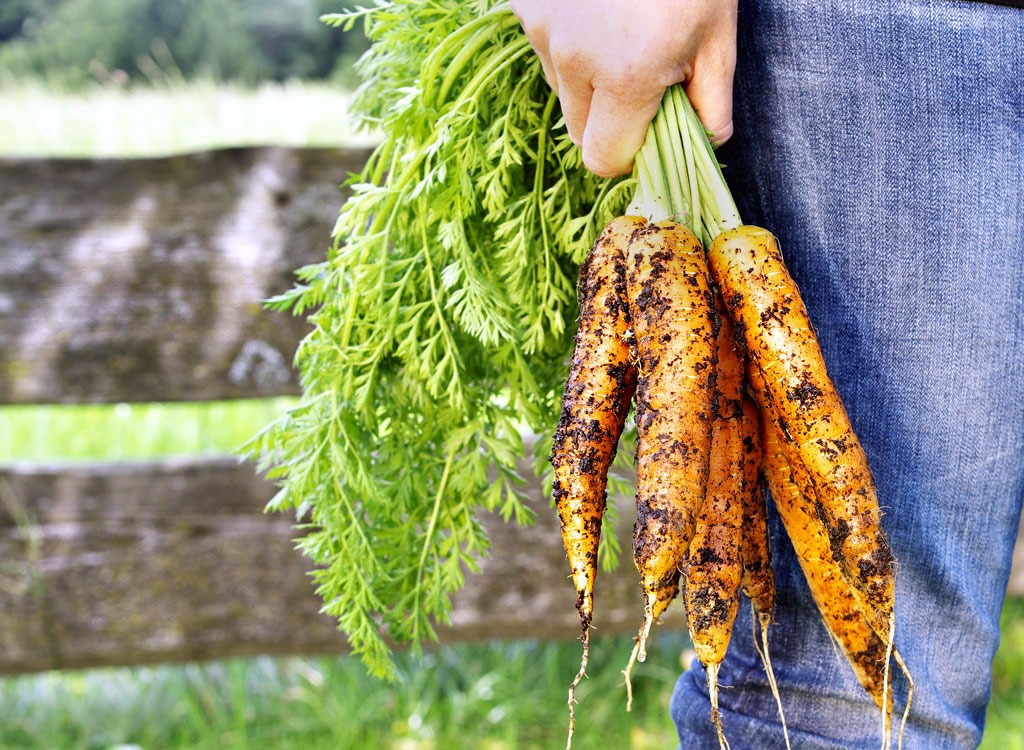
For now, you’ll likely only find this certification on Kashi products, as the program is actually sponsored by the health food brand. The goal is to support farmers who are transitioning to organic certification—a process that takes three years. Because less than one percent of all American farmland is organic, Kashi is hoping to support farms who struggle to attain that organic certification, as much time, effort, and money is required to acquire it. The “Certified Transitional” badge will symbolize goods produced at the highest standards during a farmer’s transition to organic farming while paying them fair wages. Sounds good to us!
Superfoods
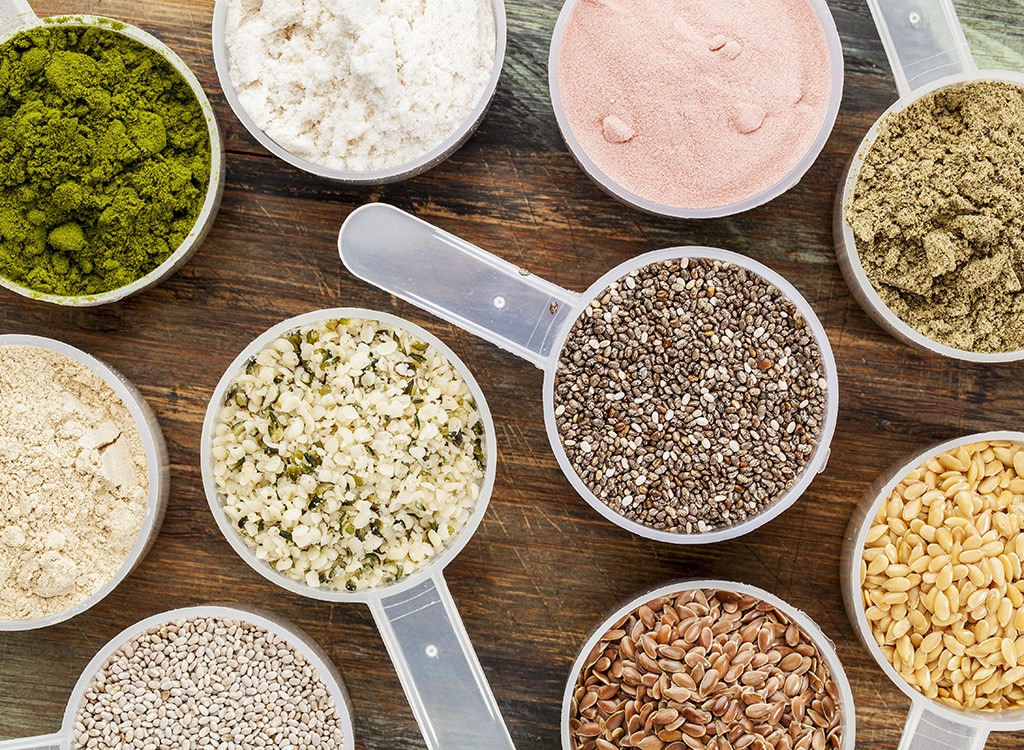
Conjuring up images of blueberries in little capes and tights fighting off dietary evils, the term “superfood” is, at its root, mostly a marketing term. Basically, superfoods are nutrient-dense foods that are often hailed as not only being beneficial to your health but also possessing the power to prevent or cure many diseases. According to Cancer Research UK, a cancer research and awareness charity, “The term ‘superfood’ [has] little scientific basis. It’s certainly true that a healthy, balanced, and varied diet can help to reduce the risk of cancer, but it is unlikely that any single food will make a major difference on its own.” But, hey, that doesn’t mean it’ll hurt to get them into your “healthy, balanced, and varied diet.” Start with these best chia seed recipes!
Gluten

Gluten-free products are flooding supermarket aisles faster than the latest iPhone sells out. But do people really know what their food is free of? Gluten is the general term for storage proteins found in certain cereal grains. These proteins—particularly glutenin and galiadin—help food maintain their shape, and they’re the reason your bread is filled with light, fluffy air pockets. If you don’t have celiac disease or a gluten sensitivity, there’s no real reason for you to avoid gluten, other than the fact that those who go on a gluten-free diet often cut out a lot of ultra-processed white, refined breads—which is great for weight loss and lowering inflammation.
Grass-Fed

Although your children’s books suggest all cows graze on grass, that’s not always the case in animal agriculture. Usually, the cows are kept in cages, fed an unnatural grain-based diet of corn and soy, become sick, and are injected with growth hormones, steroids, and antibiotics. The result is a cut of beef or milk that is high in inflammatory saturated fats. But the cuts from cows that are grass-fed are naturally leaner (less fat per gram), have fewer calories than conventional meat, and contain higher levels of heart-healthy omega-3 fatty acids and two to five times more CLA (conjugated linoleic acid). CLA, a type of fatty acid, has been connected to a variety of health benefits, including immune and inflammatory system support, improved blood sugar regulation, reduced body fat, reduced risk of heart attack, and maintenance of lean body mass.
GMO
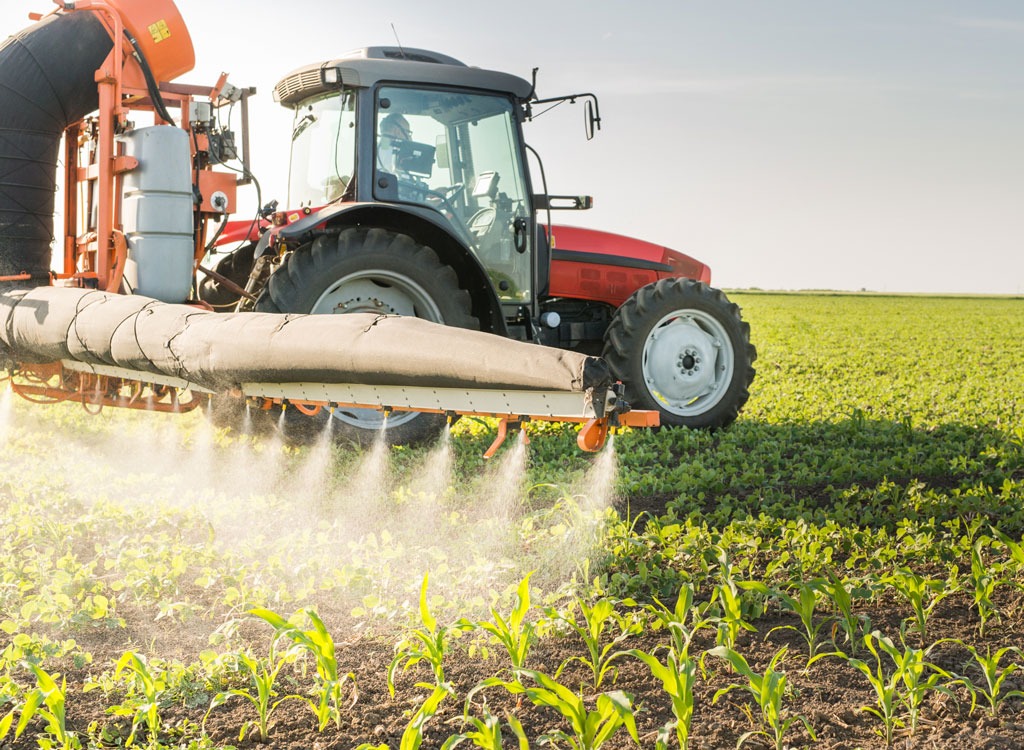
Though GMO—Genetically Modified Organisms—has become a mainstream term, most people still don’t know exactly what it means. If you see a product labeled “Non-GMO” or “GMO-Free,” it means the ingredients used are not from organisms that have had their genetic material manipulated or altered in a lab. The term is not regulated by the government, but by a non-profit organization called “The Non-GMO Project.” The National Academy of Sciences recently concluded in a 400-page document that there’s no evidence to support GMOs pose any health risk; however, the report failed to mention the fact that pesticide-resistant GMOs—corn and soybeans—allow farmers to spray their crops without abandon. The result is that multiple studies have found these carcinogen-containing pesticides are passed onto consumers. Bottom line: non-GMO foods are often better for you if they contain corn or soy, but that doesn’t give you a free pass to glaze over the nutrition label. If you’re looking to go more in-depth into the GMO label, see what the difference is between non-GMO and organic.
Cage-Free or Free-Range
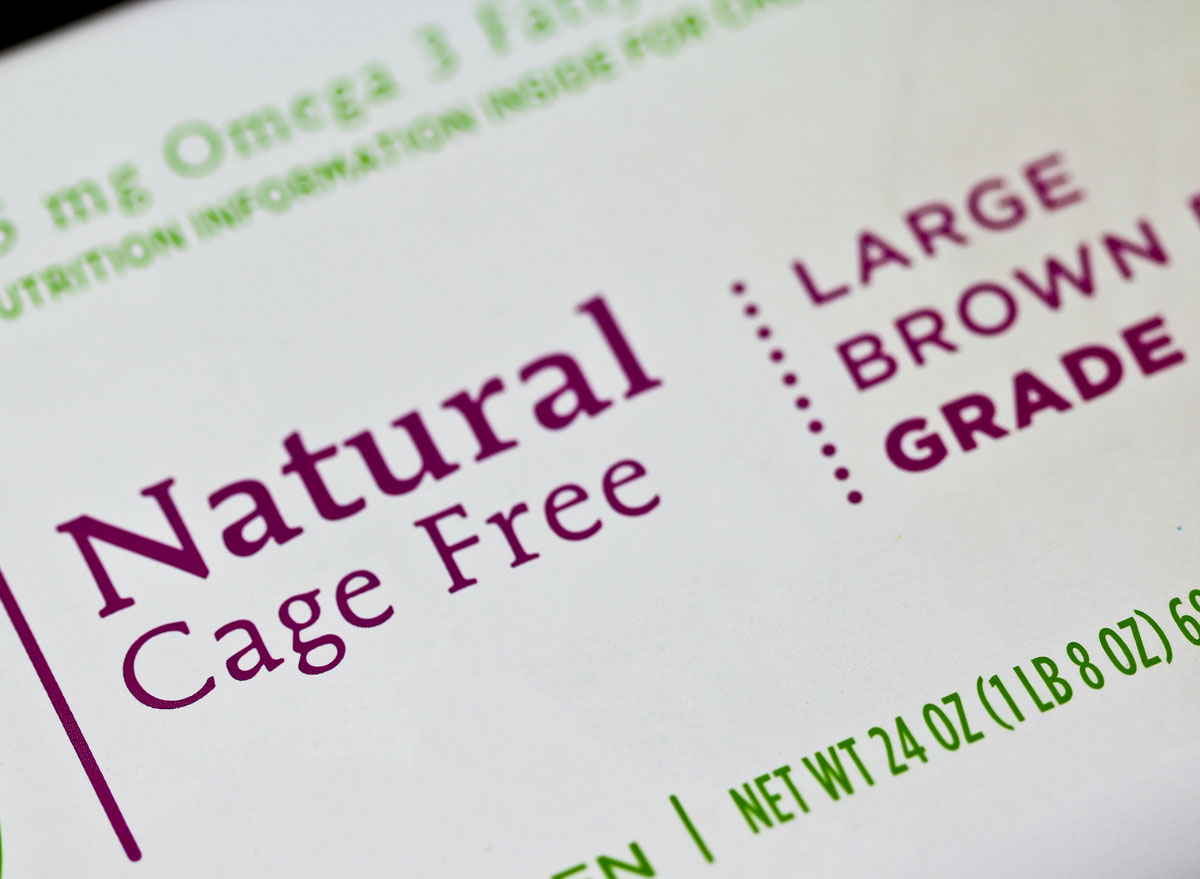
It evokes pictures of chickens running free, but that’s not always the case. Usually, cage-free just means the chickens are enclosed in a barn with no access to the outdoors. Free-range means that barn has a door that allows the chickens to go out, but they rarely ever use it. If you’re concerned about the treatment of animals and the higher quality eggs, look for pasture-raised and organic eggs.
Made With Real Fruit

You’ll often see this on organic gummies or even in fruit juices, but it shouldn’t make you think the product is a picture of health. Often times, it just translates to fruit juice concentrate, which doesn’t possess nearly the same benefits as whole fruit. Fruit juice concentrates are high in fructose—a sugar molecule that our body turns into fat and inflammatory compounds more easily than it does with glucose. You might be wondering, “Why is that so bad if it’s naturally found in fruit?” The answer is that fruits contain much less of it per serving (remember, this is a concentrate). And some contain even less than others; check out how much sugar is in fruit.
Omega-3
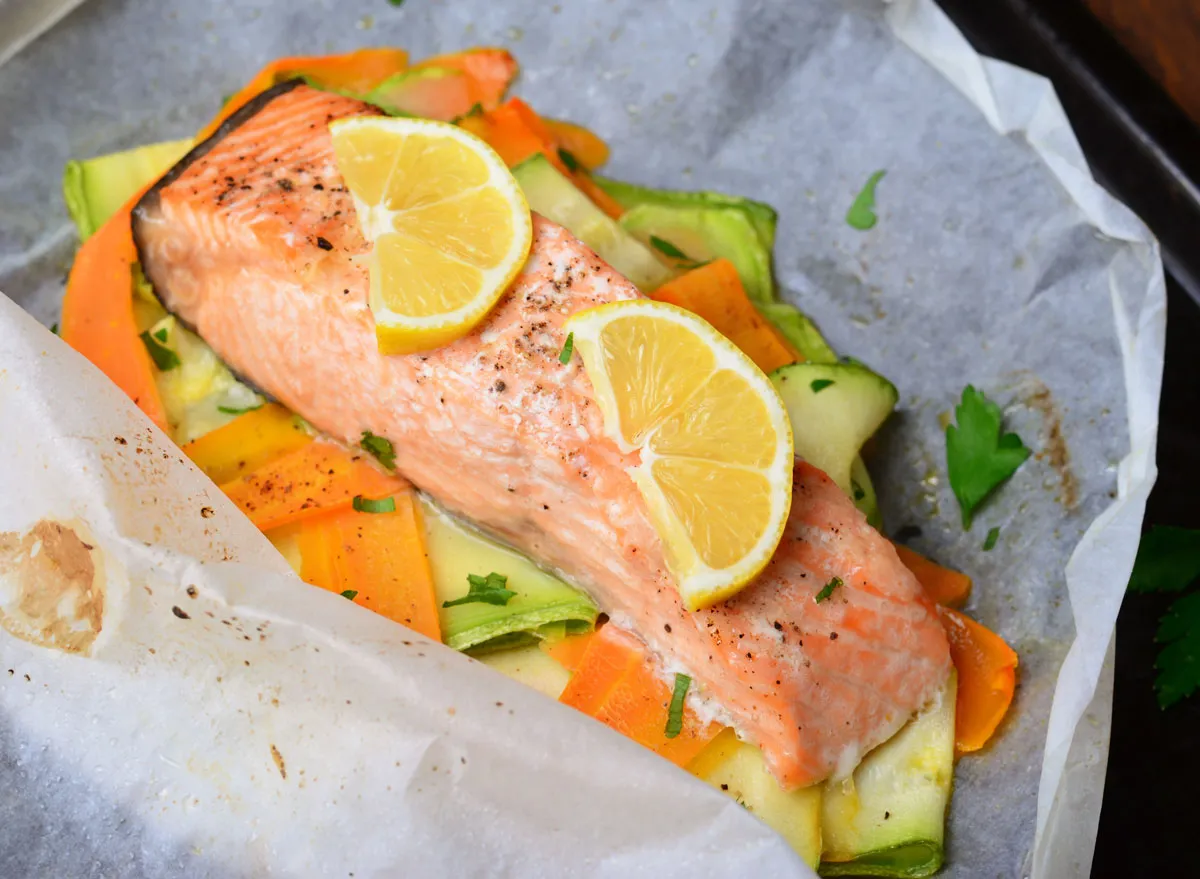
You’re likely familiar with the term in reference to fish and fish oil, but you’ve probably also seen it used with seeds and greens. What gives? Here are the basics: Omega-3s are a class of polyunsaturated fatty acids, which basically just means they’re liquid at room temperature. (Think fish oil compared to a mostly “saturated” fat like butter.) The famous omega-3 fatty acids come in 11 different forms, but only three are essential for humans: plant-based ALA, and fish-based DHA, and EPA. They have been proven to aid in reducing inflammation, cholesterol levels, body fat, and hunger, can help mitigate arthritis and asthma symptoms, protect your brain from damage due to a high-sugar diet, and minimize your risk of Alzheimer’s and depression. Where do we sign up? Right here: the best food sources of omega-3s.
ACV
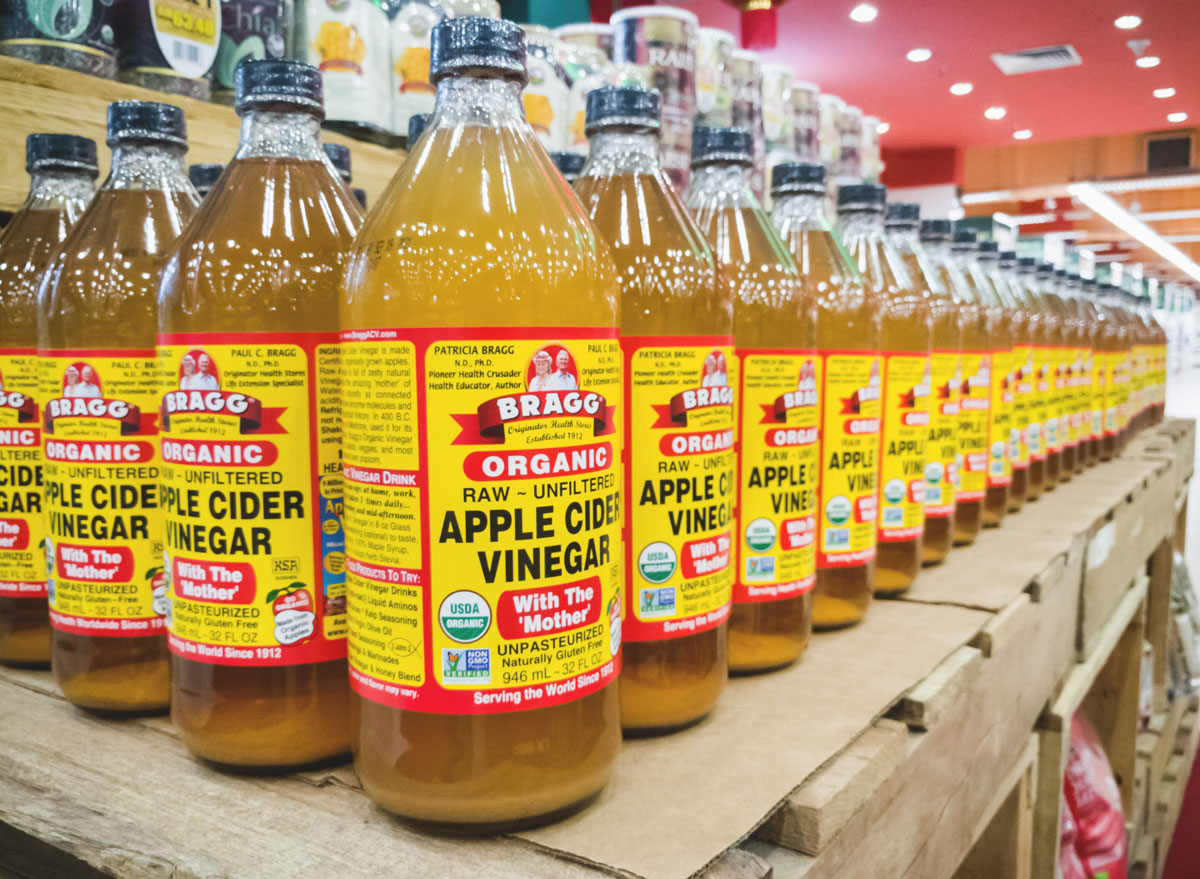
Or in layman’s terms, Apple Cider Vinegar. This pantry staple can not only be used to whip up fat-fighting dressings and marinades, but it’s also an invaluable tool in your weight loss arsenal. ACV is full of acetic acid, a compound which delays gastric emptying to keep you fuller longer. Grab one with the “Mother of Vinegar” to get an additional boost of iron, energy-boosting B vitamins, detoxing phenolic compounds, digestion-assisting enzymes, and prebiotic pectin, a type of carb which promotes healthy digestion by encouraging the growth of good bacteria in your gut.
Whole Grain & Whole Wheat
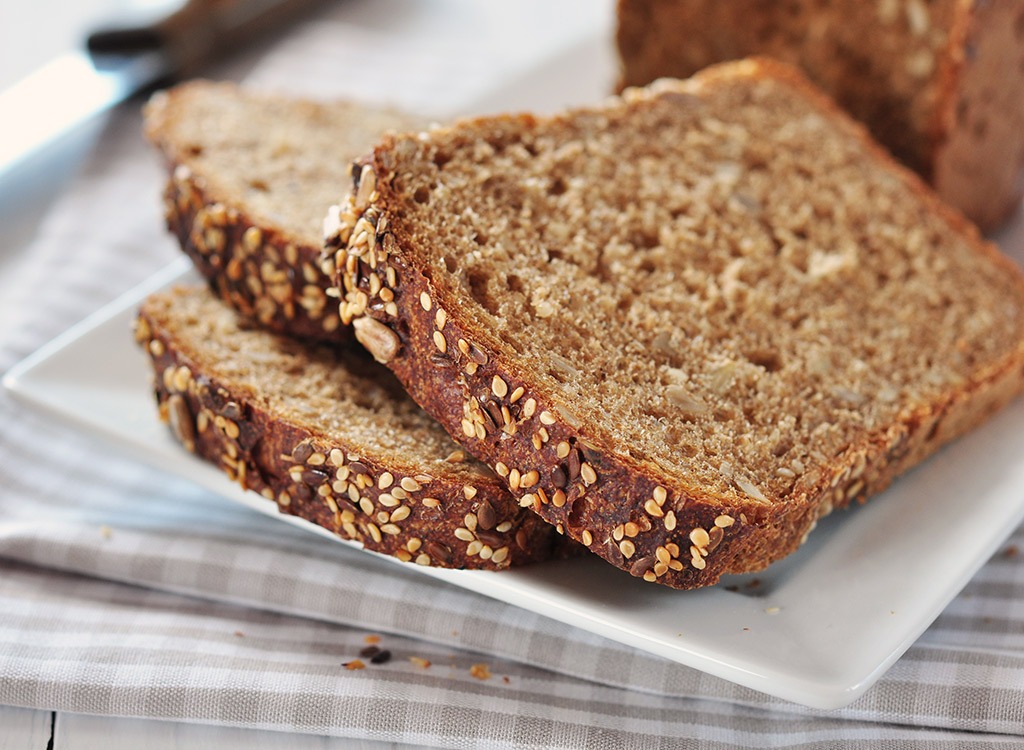
Here’s your one-minute biology lesson for the day: Cereal grains—like wheat, rye, oats, and barley—are really just edible seeds from grasses. Each whole seed is made up multiple layers surrounding the germ/embryo (science lingo for a little baby plant), like the endosperm, bran, and husk. When a grain is refined, like it is for white flour and white rice, the husk and outer layers of the grain are removed. The issue with this is that these protective layers are rich in nutrients, particularly energizing B vitamins and digestion-slowing fiber. Besides the hard exterior husk, whole grains come complete with the first three layers. If a product says “made with whole grains,” it may still contain a majority of white flour. Make sure the label specified “100% whole grain” to reap the benefits of high fiber foods!
Multigrain
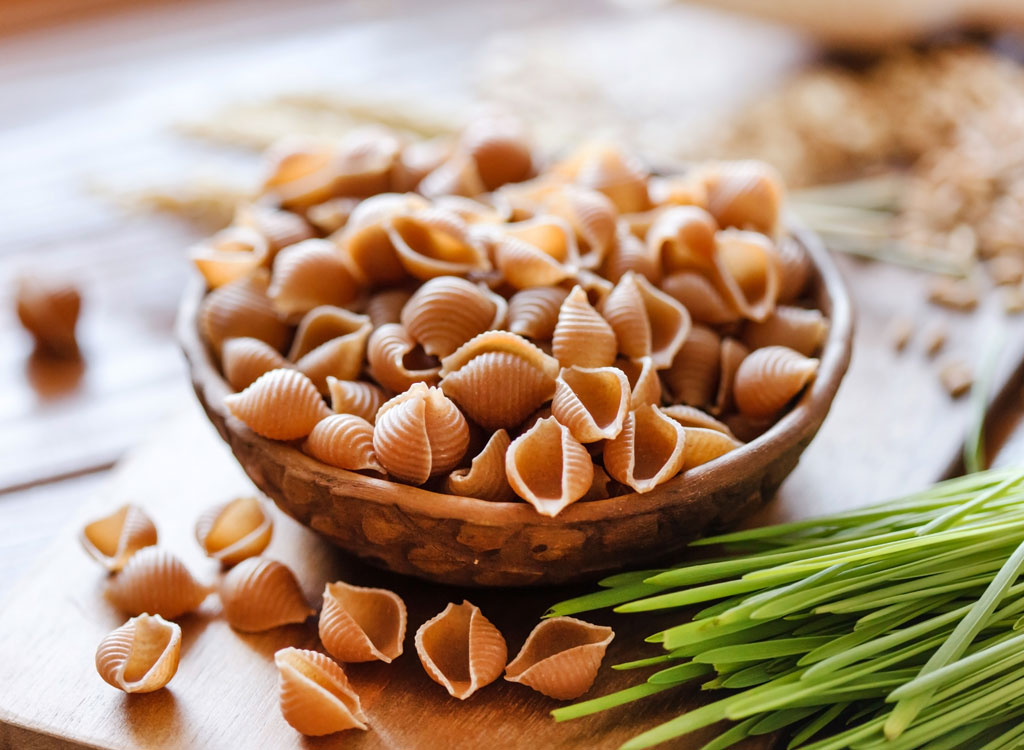
Unfortunately, seeing the label “multigrain” on a product is about as credible as your local congresswoman’s campaign promises. The term simply means that there are different types of grains present, typically those of the junky, refined variety like corn and wheat flour. Plus, many producers just use added dyes to make their product appear more natural. Take Multigrain Cheerios, for example; the cereal has caramel color added to it to enhance the differences in grains, which nearly earned it a spot on our worst “healthy” cereals if it weren’t for its reasonable nutritional facts.
High Fructose Corn Syrup
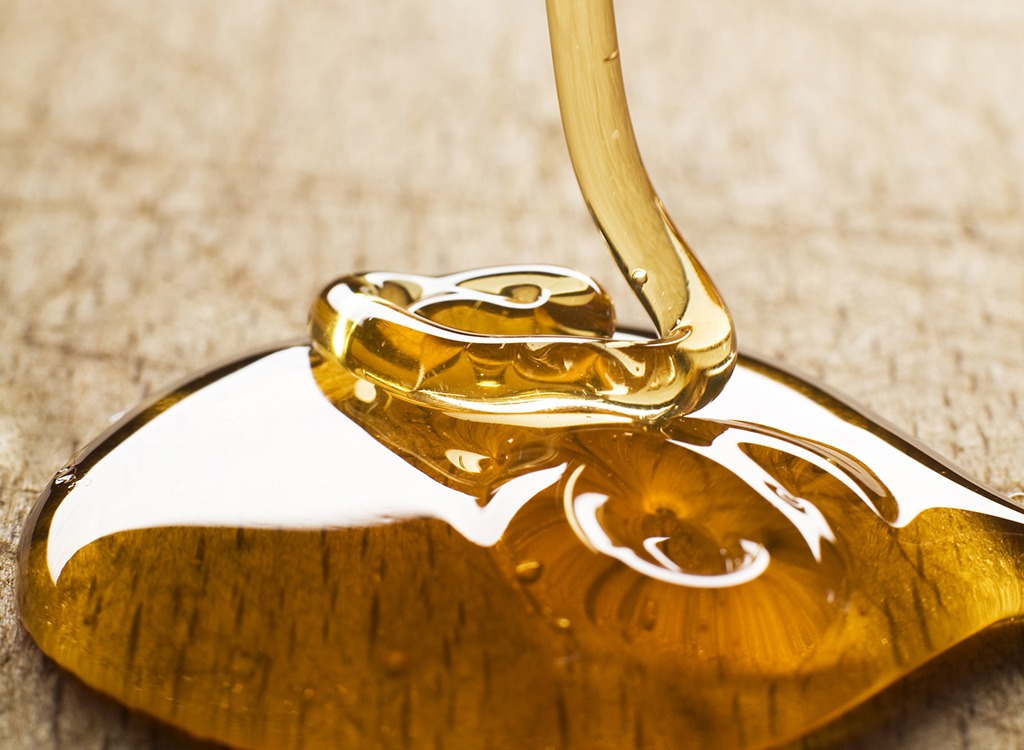
High fructose corn syrup (HFCS) is a sweetener that’s created by adding enzymes to break down corn into sugar. Because corn syrup is traditionally a higher percentage glucose (the sugar molecule that your body and brain use primarily for fuel) than fructose (the sweeter-tasting sugar molecule), another enzyme is added to convert some of that glucose into fructose so the syrup is sweeter.
The problem here is that your body breaks down fructose differently from glucose, and it can’t use as much of it for energy. The result of that difference, as highlighted in a review by the American Journal of Clinical Nutrition, is that a high fructose intake is associated with increased levels of blood lipids (which is linked to increased risk of atherosclerosis and heart disease), fatty liver disease, obesity, lower “good” HDL cholesterol, and the formation of advanced end glycation products (AGEs, which, coincidentally accelerate aging). Bottom line: avoid high-fructose sweeteners (not necessarily foods high in fructose, like fruit) as often as you can: HFCS, agave syrup, fruit juice concentrate, and fruit juices.
Collagen & Gelatin
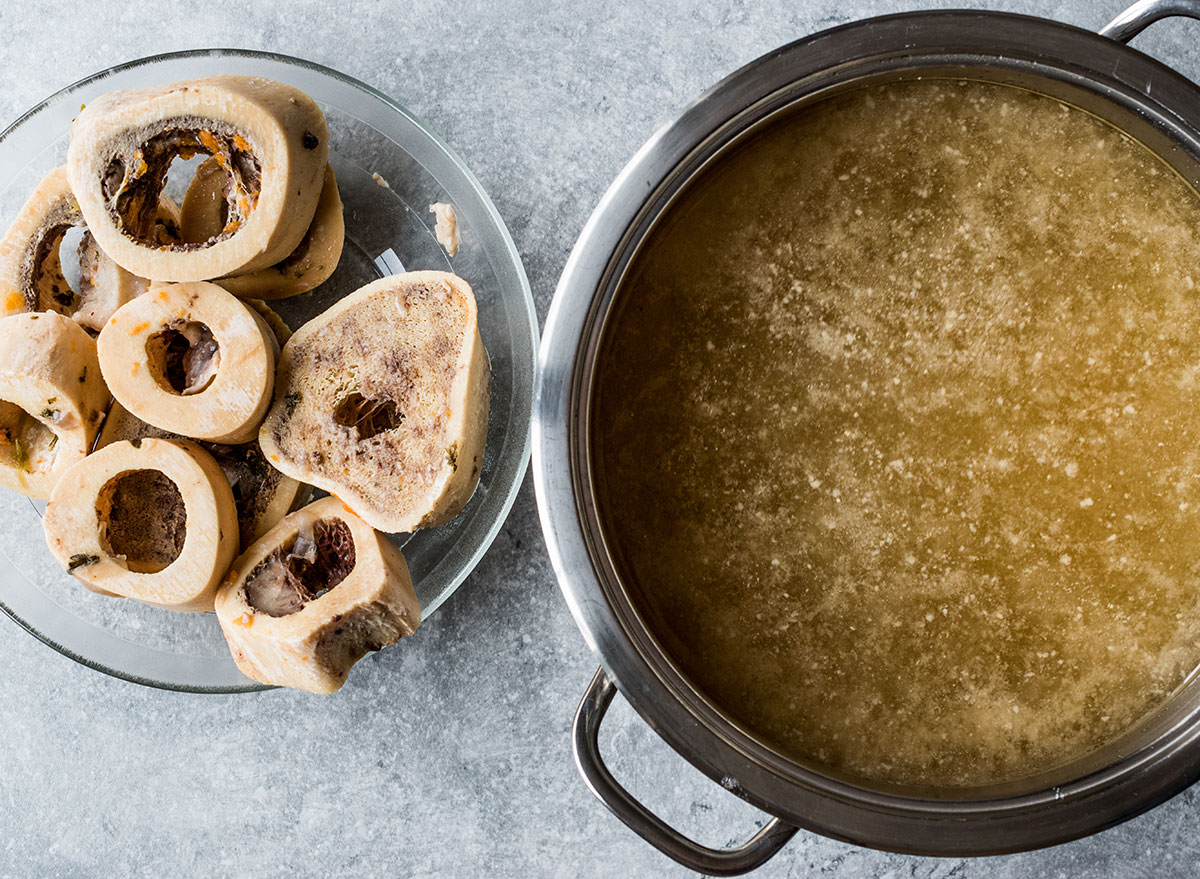
You’ve probably heard “collagen” as the buzzword commonly associated with anti-aging face creams, but what you might not know is why it’s so coveted in the health community. The main protein found in your skin, collagen is responsible for keeping your complexion glowing and youthful. But collagen isn’t just for your skin; it’s also essential for joint, bone, and blood vessel health, and it’s even been found to heal the lining of your gut, helping to prevent dietary toxins from leaking into your system. One of the best dietary source of collagen? Gelatin—which is found in animal bones and tendons. You’ll find it in anything from bone broth to these collagen recipes.
Antioxidants

This term shows up everywhere from cereal boxes to energy drinks. But do you really know what antioxidants are and why they’re good for you? If not, we’re here to explain. Antioxidants are compounds that act as our body’s best defense against disease-causing free radicals. Free radicals are formed as a byproduct of digestion (and other functions, including breathing!), as well as from environmental toxins. When they go unregulated, these free radicals can damage your cells and DNA, accelerating anything from aging to cancer. Antioxidants, in general, are pretty good for you, but we suggest aiming to get most from whole fruits and vegetables, green teas, and even coffee—and fewer from hoaxes like “antioxidant-rich cereal.”
Spiralized
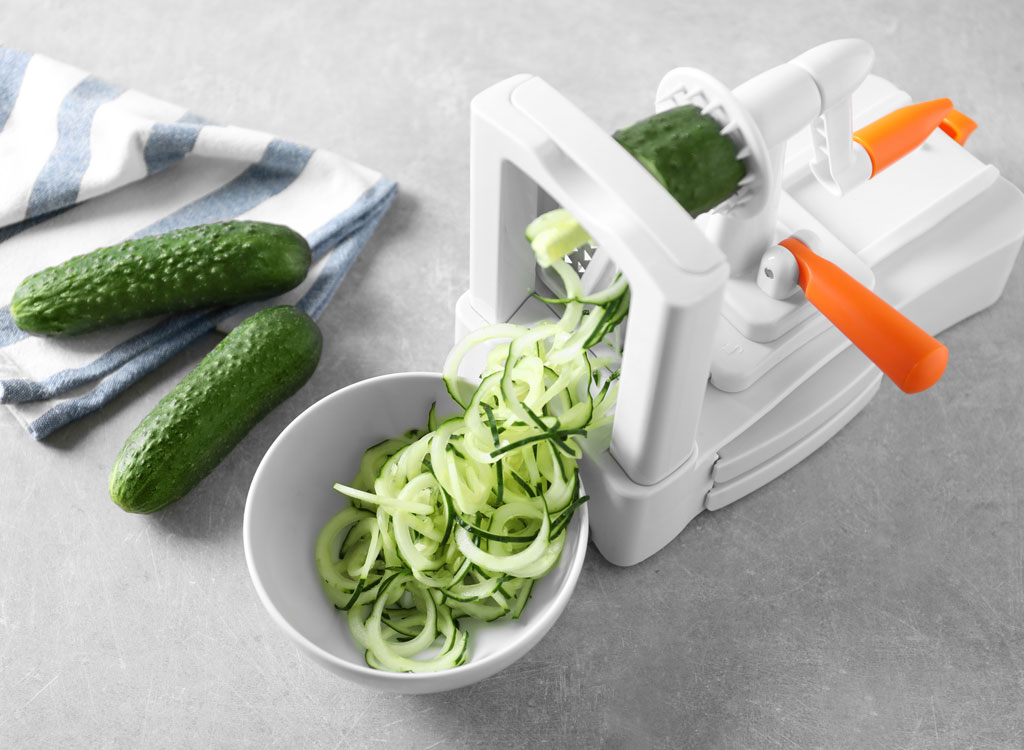
No, this term isn’t just referring to how you feel after you’ve been on a ride at an amusement park. It’s also a method of slicing up veggies with a specific cooking appliance called a spiralizer. It turns almost any veggie into faux noodles with just the crank of a handle! We’re fans of this trend because spiralizing veggies is one of the easy ways to cut calories! A cup of spiralized zoodles (that’s zucchini noodles) has only 25 calories, whereas a cup of semolina or wheat spaghetti is 220.
Artisanal

Is it just us, or does reading the word “artisanal” make you think of craftsmen tinkering with hammers to whittle a wooden chair? Or, perhaps, chefs intricately measuring and pouring ingredients into a mixing bowl, carefully folding the mixture together, and then hand-kneading the bread? You, too? That’s exactly what they want you to think. What does artisanal mean? By definition, a product made in limited batches in a traditional or non-mechanized way. If you can’t directly ask the person who crafted this product, it’s not much more than a marketing tactic. We wouldn’t put much merit into the claim on the packaging.
Aquafaba
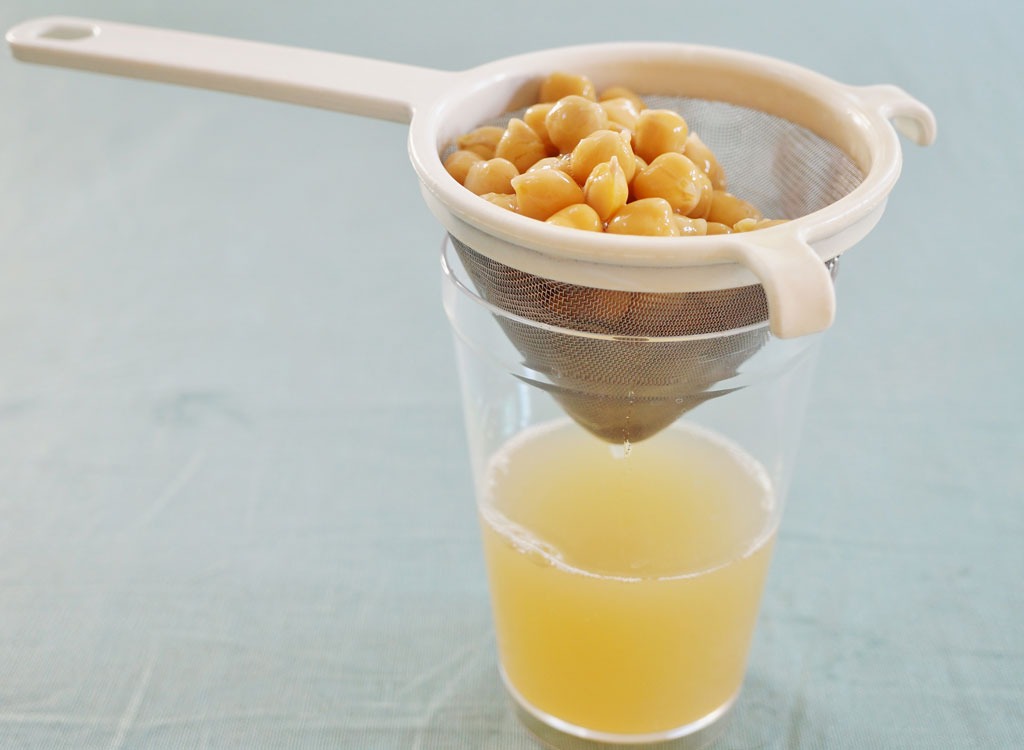
You already know there are tons of ways to eat chickpeas, but add one more to your list. Most recently, you may have seen this word—aquafaba—on Sir Kensington’s new vegan mayo (creatively called “Fabanaise”) and picked it up without a second thought. But do you know what it is? This new ingredient is simply the strained liquid from a can of chickpeas. In fact, Sir Kensington even gets their aquafaba from the NY-based Hope Hummus company, who still uses canned chickpeas in their delicious hummus! Due to the starchy texture of the liquid, it’s a perfect vegan egg substitute. Nutritionally, however, aquafaba isn’t all that remarkable. Dietician Christy Harrison, MPH, RD, CDN recently commented that there’s not much in it other than small amounts of protein, and said that there’s no real reason to substitute it in things that would have egg whites unless you’re vegan.
BPA

The claim “BPA Free” is often found on your water bottles and your cans, but what exactly is it? BPA (Bisphenol A) is a chemical used to prevent foods from coming in direct contact with the metal cans in which they’re stored; that way, you don’t get that icky tinge of metal taste with every bite of your beans. The downside: it’s bad for your health. Research shows that consuming BPA (a hormone-mimicking chemical) can cause men to grow breasts and even increase your risk of diabetes, asthma, ADHD, certain cancers, infertility, and obesity—even in those who ingest a small amount. The best way to stay BPA-free? Whenever possible, buy products sold in glass jars or cardboard boxes, and stay away from these BPA-laced foods.
Local
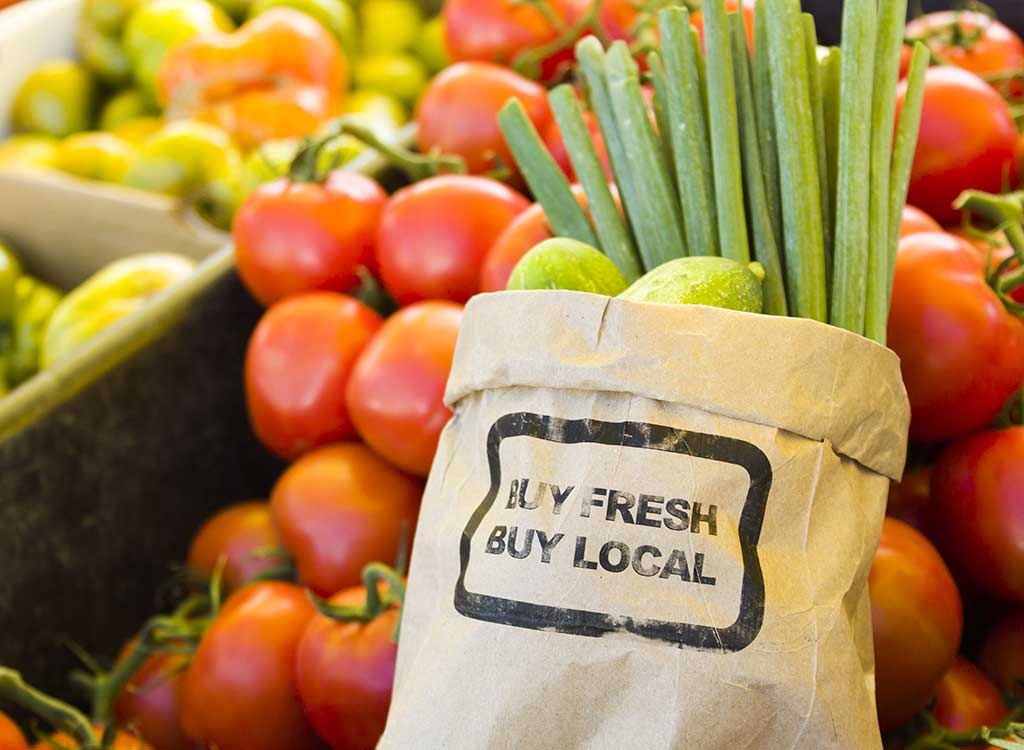
When you eat foods that are local and in season, they’re often more affordable, fresher, and packed with the highest amount of flavor and nutritional value compared to the same produce from across the country that was picked a few months ago. You’re also doing a solid for your community! You’re supporting local farms and the local economy, helping the farmers make a living so you can continue to purchase their good-for-you food! Be wary of the term as a food label, however. “Local” isn’t necessarily regulated, but Congress did pass a law in 2008 to define it to be “the total distance that the product is transported is less than 400 miles from the origin of the product” or “the State in which the product is produced.” What are you waiting for? Head on over to your local market to grab these foods you should only buy at the farmer’s market.
Bulletproof

Bulletproof is a method of drinking coffee, popularized by Dave Asprey, the Founder and CEO of Bulletproof; but Carolyn Brown, MS, RD at Foodtrainers in New York City explains it actually has a rich history rooted in African and Tibetan cultures. Adding grass-fed, unsalted butter—or coconut oil—to your coffee helps to keep hunger at bay, staves off cravings, stabilizes blood sugar, and even helps to slow the release of caffeine into your body so you get a steady stream of energy. This blend is perfect for a once-in-awhile treat when you know you’ll be sitting through meetings all morning. However, Lisa Moskovitz, RD, CDN warns, “While fat, in general, does help satisfy appetite since it has a structure that’s more difficult to break down in the stomach, it is still not a trend I would recommend for anyone to help them reach their weight loss goals.” Each mug has nearly 400 calories!
Cold Brew
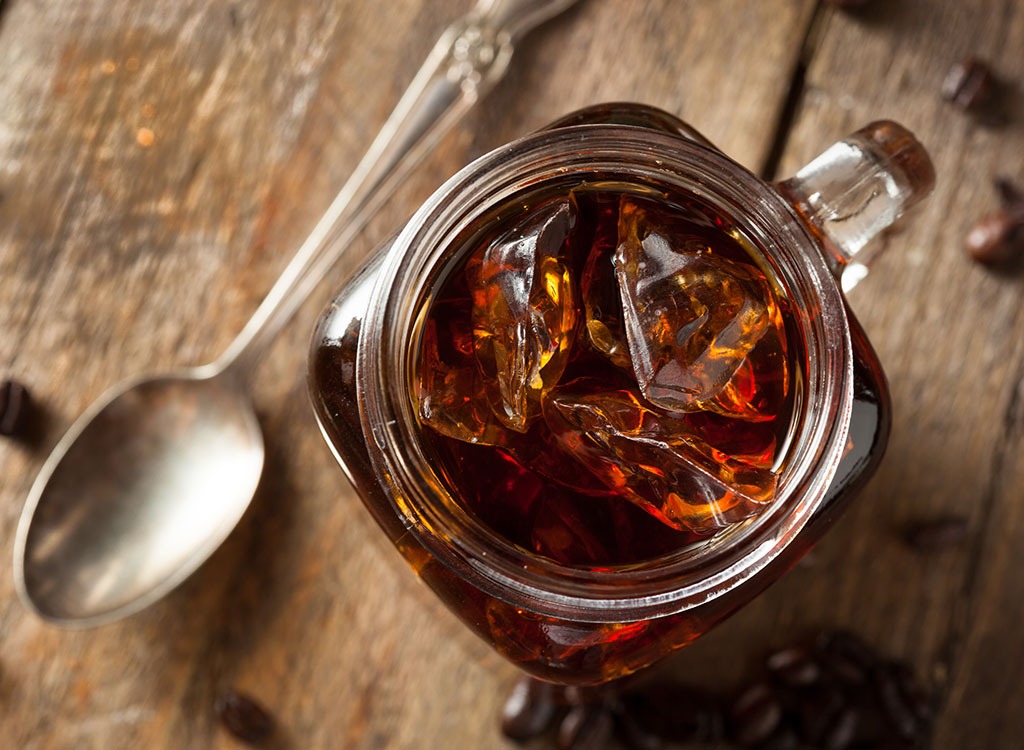
Cold brew isn’t just any old iced coffee. Rather than grinding the beans, steeping them in hot water, and serving the drink over ice, cold brews are brewed in cold water for an extended period of time, usually overnight. The theory behind it is that hot temperatures extract certain undesirable flavor elements—in particular, bitter oils and acids. Unforunately, two highly sought-after compounds in coffee—caffeine and antioxidants—also require high temperatures to be extracted, so your cold brew cup will contain less of the health-promoting stuff. One coffee expert’s solution? Brew hot to fully extract nutrients and cool instantly to protect flavor. Sounds good to us!
